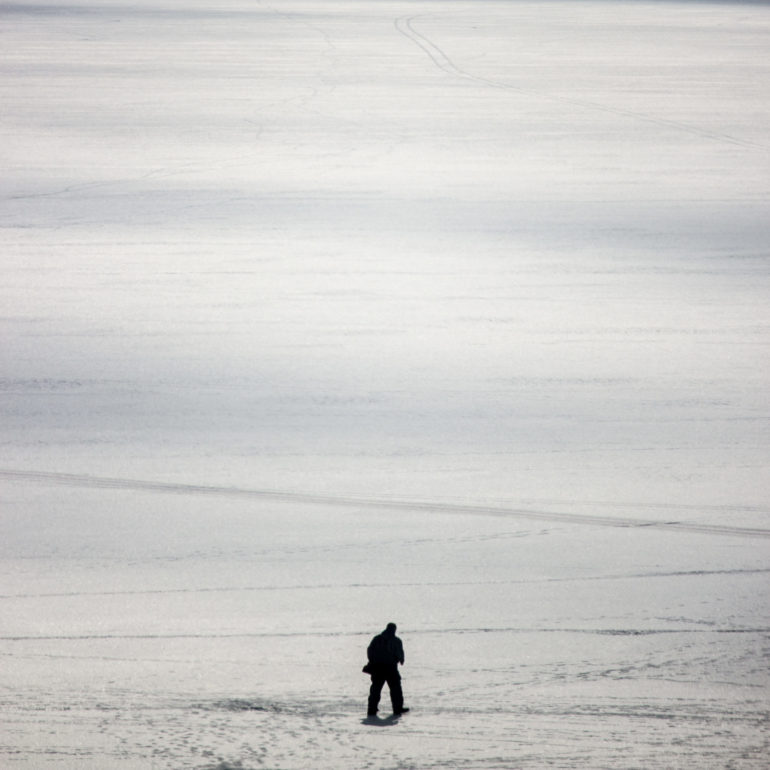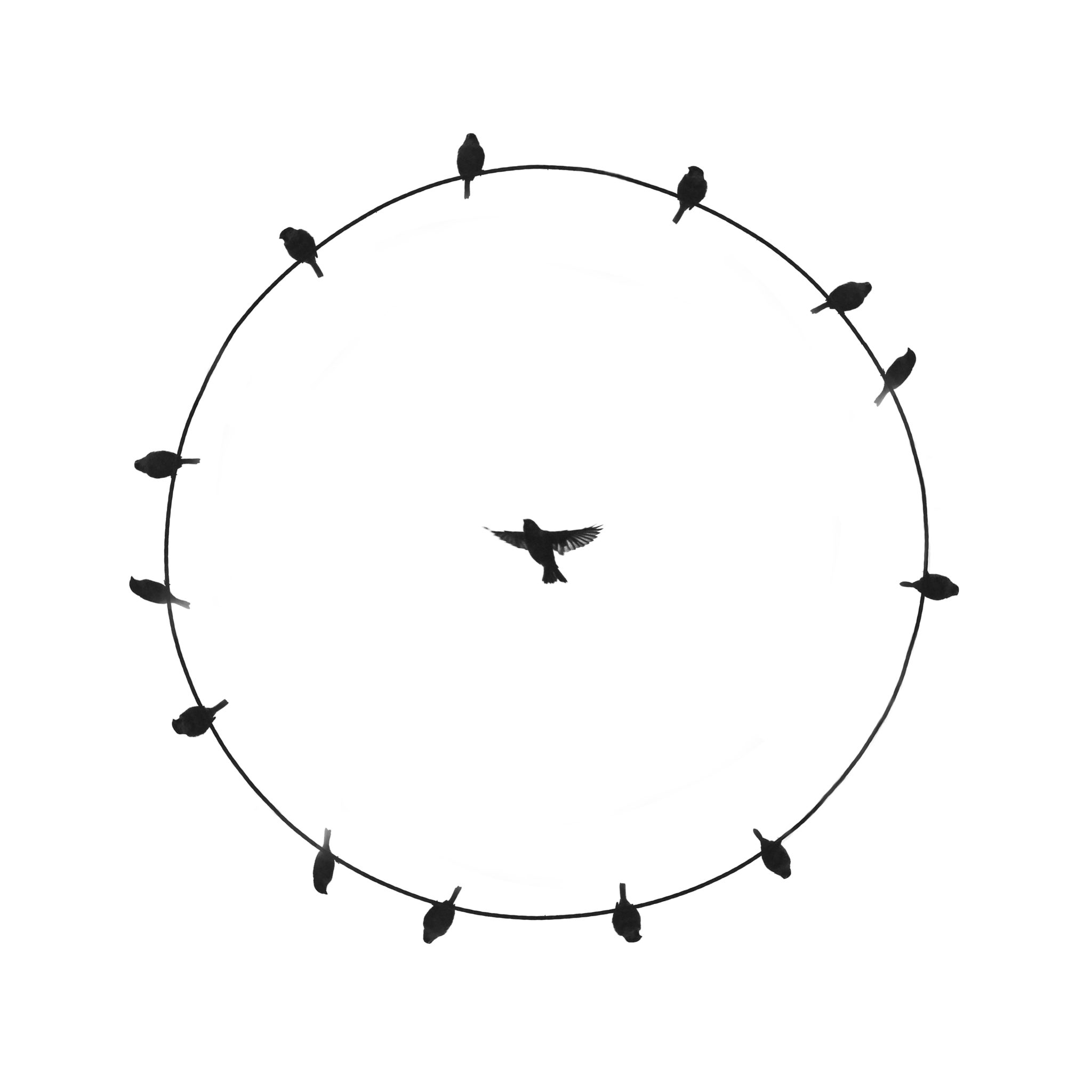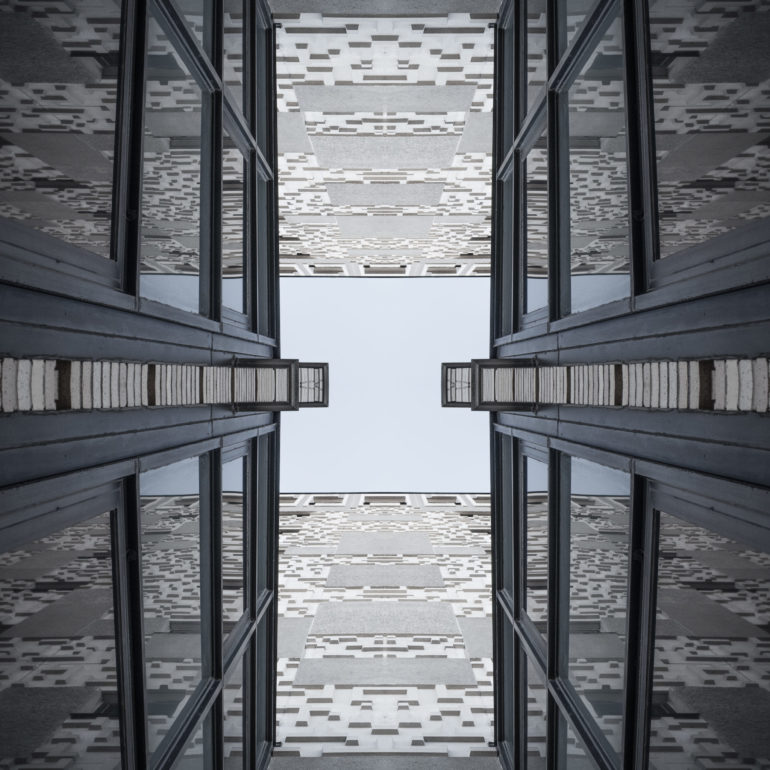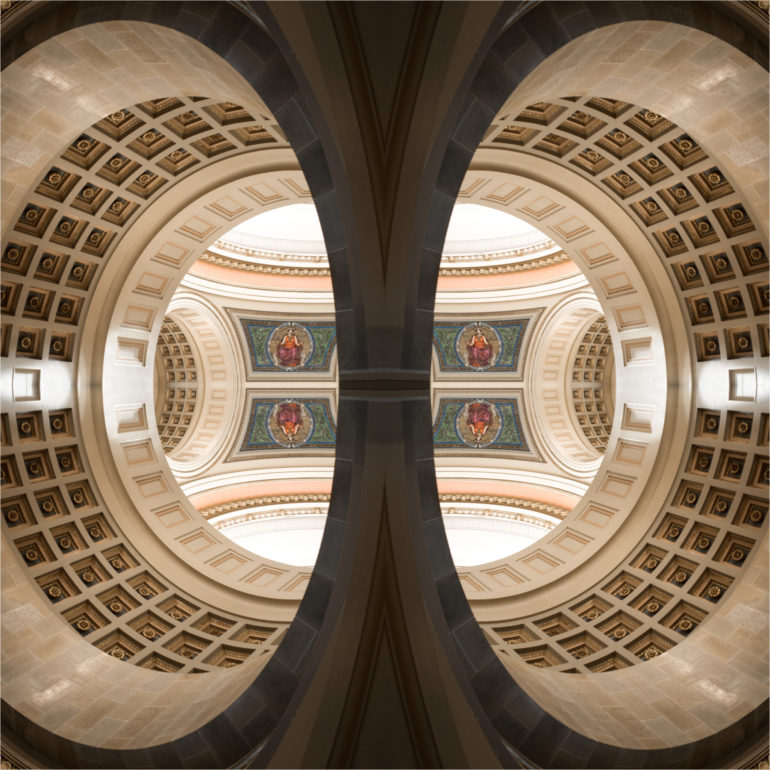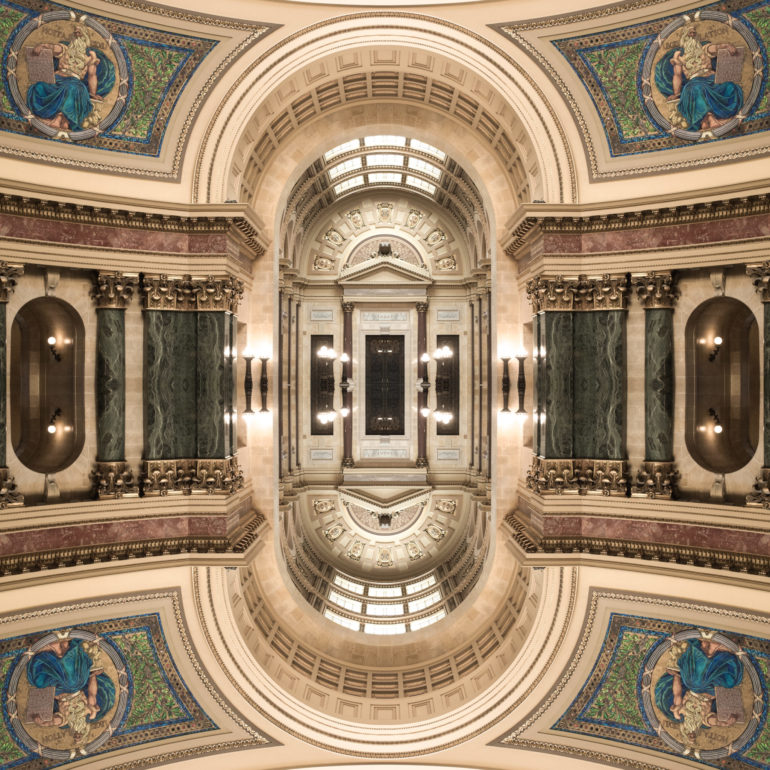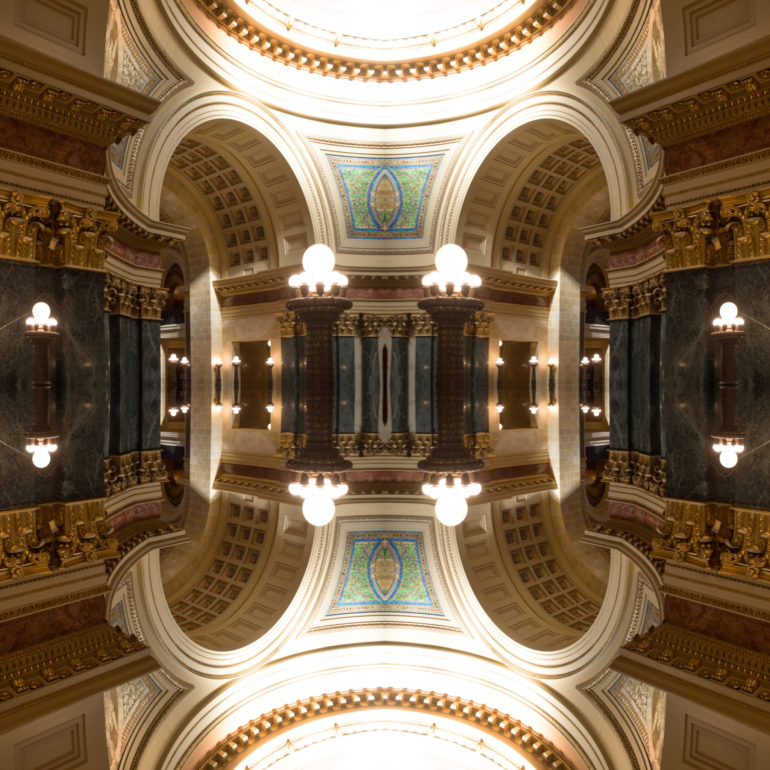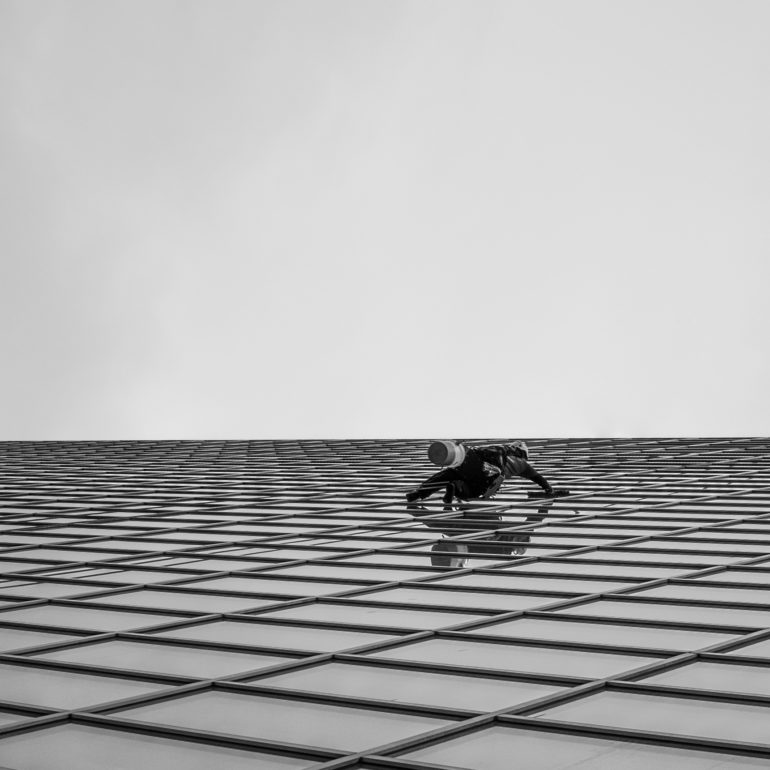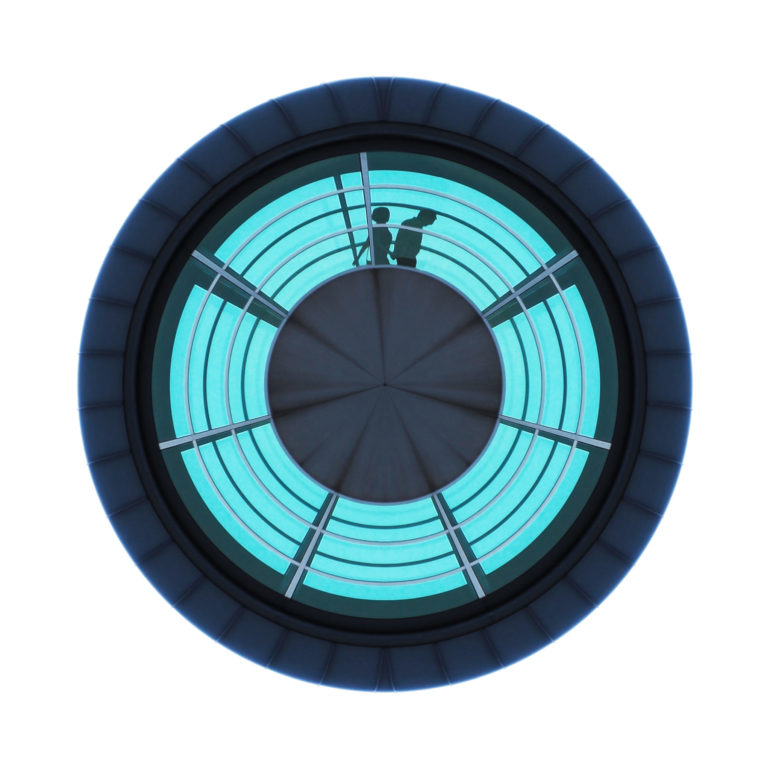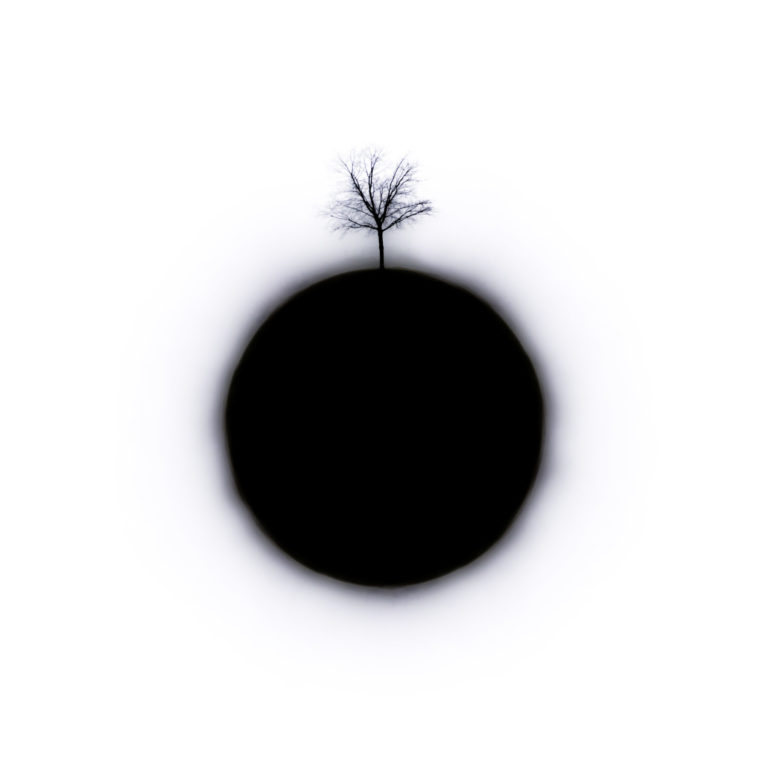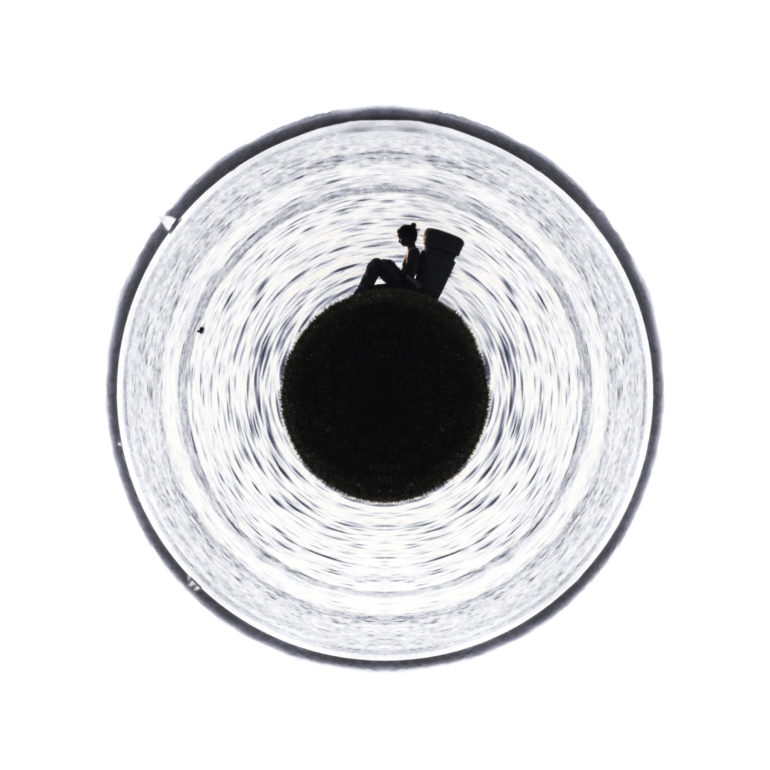All words and images by Brandon Pittser. Used with permission.
As a photographer, I would describe myself as a permanent learner, because I think the most enriching work happens at the intersection of my vision and something I’ve never done before. I try to adopt a growth mindset, because I deeply believe progress only happens outside of your comfort zone, but I balance that self-applied pressure with a sincere love of the craft. Robert Frost once wrote that a poem “begins in delight and ends in wisdom,” and that describes my creative process. Many times, I’ll have an epiphany in the development phase that elevates or entirely re-interprets the material from the shooting phase, and those are the most exciting moments for me.
For gear, I use a humble Canon T3i (with 50mm and 55-250mm lenses) and my favorite object, the Ricoh GR II – I take all of this gear with me everywhere. I use Photoshop and Lightroom for development, but not necessarily in that order. For subjects I favor architecture, street photography, and landscapes. Because I try my hand at lots of styles, it’s tough for me to encapsulate my work in a single genre, but I think of my work broadly as dream-like, candid, surreal, minimal, abstract, and contemplative. That’s a lot of adjectives, which is probably cheating.
My overall portfolio is my IG account(@bran_don), and I’ve actually preserved a lot of my earlier, rougher work within that catalog. There’s a kind of progress that’s visible from the first image I posted to the most recent image I’ve posted, and I like to leave that intact because it shows growth, which could hopefully inspire others who are just starting out.
The three projects I’m focusing this submission on are my portal series, my abstract architectural photos, and a couple examples of human figures in isolation. The portal series is my take on “little planet” photos, minus the panoramic source material, and the architectural photos represent my way of re-invigorating a familiar location. What I find most engaging about these two projects is that they’re both (in my estimation) fresh takes on established techniques. While I think it’s generally true that there’s nothing new under the sun, I also think there’s room for everyone to make their singular mark on a genre or format. For my human subject photos, I prefer to show the human figure in isolation, preferably facing down some vastness, as I feel it reflects the experience of making your way in an individualistic society such as we have in the US. You’ll see some thematic crossover between those images and the portal images.
Why did you get into photography?
Growing up I actually wanted to pursue writing or music as my creative outlet, but when I was in high school my father gave me his 35mm Minolta, and I was seduced by the relative immediacy of photography as an expressive medium. It quickly became my artistic hobby of choice.
What photographers are your biggest influences?
I really like Mark Peter Drolet’s (@mpdrolet) work. Noell Oszvald (@oszvaldnoell) is another favorite – she has an extremely unique vision and style. Erik Johansson (@erikjohanssonphoto) is a constant inspiration for my composite/surreal work – he’s just ridiculously talented. Local to me, I really admire the dreamy and wistful work of Margaret Durow (@margaretdurow). Oh and one more – Calvin Scott (@cee__life) is one of my favorite lifestyle / portrait artists on IG – his output consistently makes my day.
How long have you been shooting?
I started with disposables when I was a kid, but really got into it properly (including darkroom work) starting at age 15. I bought my first DSLR in 2009 – a Canon Rebel XT.
Why is photography and shooting so important to you?
The most important thing is that it lends me a professional and creative identity that I own completely. Unlike the mantle one takes on working for an employer, it’s an identity that I grant to myself. Beyond that, a good session of shooting and/or developing is my most reliable source of adrenaline and bliss.
Do you feel that you’re more of a creator or a documenter? Why?
A creator. I do heavy editing in some cases, particularly with the abstract architectural images or the portal series. I’m less interested in documenting objective reality than I am in expressing my subjective point of view.
What’s typically going through your mind when you create images? Tell us about your processes both mentally and mechanically?
It depends on the subject matter, but my primary question for myself is whether I’m being original or not. To that end, I try to keep my head down and not chase trends on IG, even though I sometimes wonder if I could accelerate the growth of my reach if I used more LED strings. In terms of shooting, my philosophy is maximalist. Take tons of shots. Get really close. Back way up. Try every angle. And don’t be shy! Ignore the gawkers. Be physical and contort yourself for the right shot. Lie down in the street if you have to – just watch out for traffic.
In terms of development, I always think of my high school photography teacher’s advice – “Go darker!” Now she didn’t say this as a general rule, but rather just to me, as I had a tendency towards a lighter developed image. What she was saying really was that you should never be afraid to push past the boundaries of your first instinct – some of my favorite images have been developed well outside of the realm of my own expectations.
Want to walk us through your processing techniques?
On all my gear, I shoot in RAW+HQ JPEG. Lightroom is my go-to development environment for images that do not require composite work. If they do require composite work, I’ll take the RAW into Photoshop first, creating a composite PSD that I then polish in Lightroom. Usually I listen to music that fits the mood of the project at hand to put myself in the right head space.
What made you want to get into your genre?
In the recent work I’ve been doing with architectural abstractions, I work within some fun constraints in terms of identifying elements of the subject and capturing them at angles that are seamlessly repeatable. This tendency emerged from a point of creative frustration where I felt that I’d completely exhausted the images I could capture in Madison, WI, which is a relatively small town. My big realization was that if I extract and composite interesting elements in a compelling way, a city of any size can provide a nearly infinite amount of subject matter.
Tell us a bit about the gear that you use and how you feel it helps you achieve your creative vision.
Each piece of gear has its own set of purposes. The T3i+50mm setup is for portraiture, bokeh, or low light. The T3i+55-250mm setup is for detail shots and distances/angles that I cannot physically manage. The Ricoh GR II is eminently pocketable, so it’s ideal for general use. Given its 18mm lens, it also plugs the wide-angle gap left by my Canon body and lenses. I particularly value the Ricoh for its sharpness, which helps me place a strong emphasis on texture and detail.
What motivates you to shoot?
Photography is my primary avenue towards discovery, self or otherwise. Like most people, I’m curious and want to explore and learn new things, and photography has never let me down as a vehicle towards that end.
